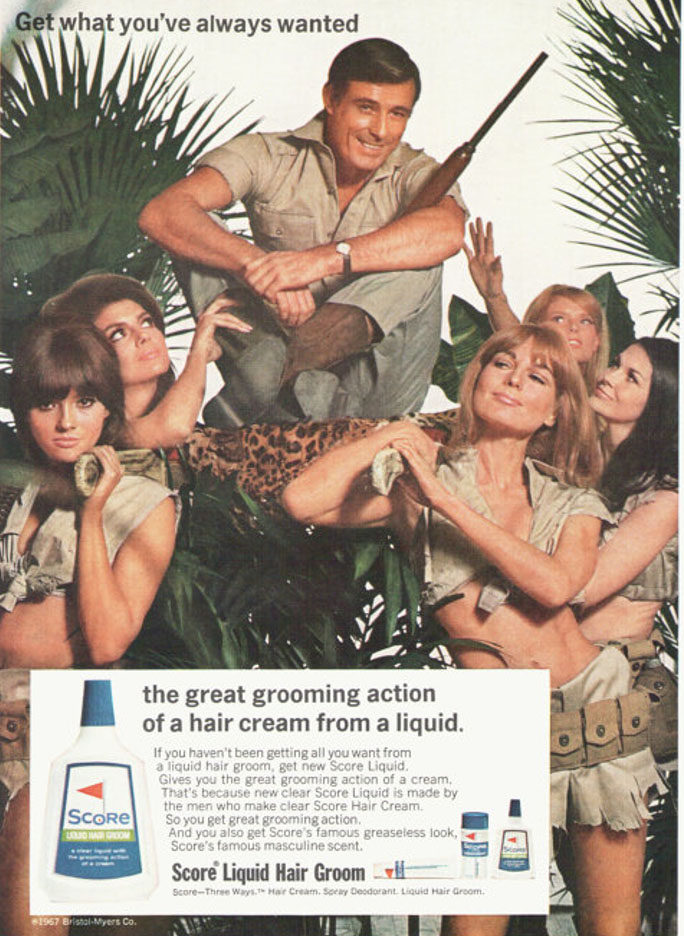Q: What is the difference between a consumer based media regulation system and a citizen based regulation system?
A consumer based media regulation system is giving the people what they want, the audience makes judgement themselves about the kinds of media they want for their consumption. Whereas a citizen based regulation system is a system which gives a positive form of media which is better for the wider audience.
Q. What impact did the 2003 Communications Act have on media regulation?
The 2003 communications act was designed by the then labour government to modernize the UK’s regulatory systems and help the television industry. The Act promoted independent television by requiring the BBC and Channel 4 to commission more content from smaller production companies.
The replacement of the British Standards Commission (BSC) and the Independent Television Commission (ITC), The Act significantly diluted the public service requirements of television broadcasting.
Q. What is the drawback of a self-regulated system?
There are some needs which may not be met, so niche audiences aren’t catered for. Some editors are sensitive to the needs and taste of their audience.
Institution orientated factors effect larger companies like BBC and Channel 4, in which they are obliged to provide citizen-based content as a result of their broadcasting license agreements.
There isn’t any proper guidance which is created outside of companies, so they can follow different guidance rules, which create their own specific audience due to the specific guidance due to that company.
Q. How do you regulate media content and organisations on a global scale?
In order to regulate media content on a global scale there needs to be globally set rules and standards which would be followed by all media companies, this allows for guidelines to be followed. There needs to be different regulations for the different media types. E.G for newspapers there should be rules and regulations stating that they cannot interfere with news stories or manipulate the truth to gain viewers, and if any media regulations are broken there should be punishments. This would deter anyone else wanting to break the regulations.





